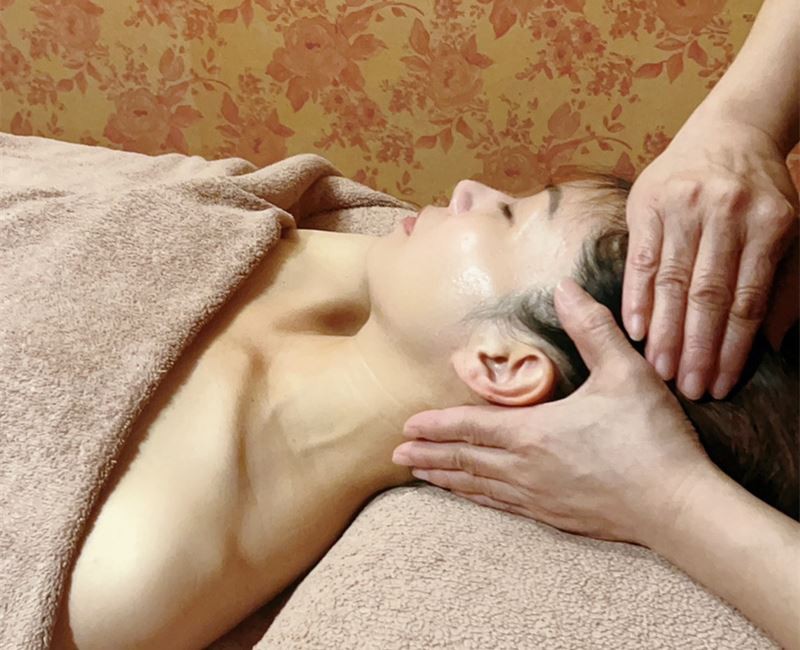Can I do leg and thigh massage if I have a history of blood clots?
Oct 14, 2025
Leave a message
Can I do leg and thigh massage if I have a history of blood clots?
Blood clots, also known as thrombi, can be a serious health concern. They form when blood thickens and clumps together, and can occur in veins or arteries. A history of blood clots often leaves individuals with many questions about their daily activities, including whether it's safe to indulge in a leg and thigh massage. As a supplier of Leg Thigh Massage, it's crucial to understand the risks and benefits associated with this practice for those with a history of blood clots.
Understanding Blood Clots
Before delving into the safety of leg and thigh massage, it's essential to understand blood clots. There are two main types of blood clots: deep - vein thrombosis (DVT) and pulmonary embolism (PE). DVT occurs when a clot forms in a deep vein, usually in the legs. If a part of the DVT breaks off and travels through the bloodstream to the lungs, it can cause a PE, which is a life - threatening condition.
Risk factors for blood clots include prolonged immobility (such as long - haul flights or bed rest), certain medical conditions like cancer, obesity, pregnancy, and a family history of blood clots. People who have had a blood clot in the past are at a higher risk of developing another one.
The Potential Risks of Leg and Thigh Massage for Those with a History of Blood Clots
One of the primary concerns regarding leg and thigh massage for individuals with a history of blood clots is the possibility of dislodging an existing clot. Massaging the legs and thighs involves applying pressure and manipulating the soft tissues. If there is an undetected blood clot in the deep veins, the pressure from the massage could potentially cause the clot to break loose. Once dislodged, the clot can travel through the bloodstream and cause a blockage in other parts of the body, such as the lungs, leading to a pulmonary embolism.
However, it's important to note that the risk of dislodging a clot depends on several factors. If the blood clot is old and has become firmly attached to the vein wall, the likelihood of it being dislodged during a massage is relatively low. On the other hand, a recent clot that has not fully adhered to the vein wall is more vulnerable to being dislodged.
The Potential Benefits of Leg and Thigh Massage
Despite the risks, leg and thigh massage can offer several benefits for individuals with a history of blood clots. Massage can help improve blood circulation in the legs. By applying pressure and manipulating the muscles, massage can stimulate the flow of blood and lymphatic fluid. This improved circulation can reduce swelling and discomfort in the legs, which are common symptoms for those who have had blood clots.
Massage can also help relieve muscle tension. After a blood clot, the muscles in the legs may become tight and sore due to inflammation and reduced blood flow. A gentle massage can help relax these muscles, promoting a sense of well - being and comfort.
Precautions and Recommendations
If you have a history of blood clots and are considering a leg and thigh massage, it's crucial to take certain precautions. First and foremost, consult with your doctor. Your doctor can assess your current health status, the nature of your previous blood clot (such as how long ago it occurred and whether there were any complications), and provide personalized advice on whether a massage is safe for you.
If your doctor gives you the green light, it's important to choose a qualified and experienced massage therapist. A professional massage therapist should be aware of the risks associated with blood clots and know how to adjust the massage techniques accordingly. They should use gentle pressure and avoid areas where there may be a higher risk of dislodging a clot.
Different Types of Leg and Thigh Massages
There are various types of leg and thigh massages that can be considered. Calf Release Massage focuses specifically on the calf muscles. This type of massage can help relieve tension in the calves, which are often affected by blood clots. The therapist uses techniques such as kneading and stretching to release tightness in the calf muscles.
Comfort Foot Massage can also have a positive impact on the legs. Since the feet are connected to the legs through a complex network of blood vessels and nerves, a foot massage can improve blood circulation in the entire lower limb. It can also help reduce swelling and pain in the feet and legs.
Conclusion
In conclusion, whether you can do a leg and thigh massage with a history of blood clots is a complex question. While there are potential risks, there are also potential benefits. The key is to consult with your doctor, choose a qualified massage therapist, and take appropriate precautions.


As a supplier of high - quality leg and thigh massage products and services, we understand the importance of safety and well - being. We are committed to providing you with the best information and products to ensure a safe and enjoyable massage experience. If you have any questions or are interested in our leg and thigh massage offerings, we encourage you to reach out to us for a detailed discussion. We are here to assist you in making an informed decision about whether leg and thigh massage is right for you.
References
- American Heart Association. "Deep Vein Thrombosis (DVT) and Pulmonary Embolism (PE)."
- National Blood Clot Alliance. "Risk Factors for Blood Clots."
- Mayo Clinic. "Massage Therapy: Know the Basics."
